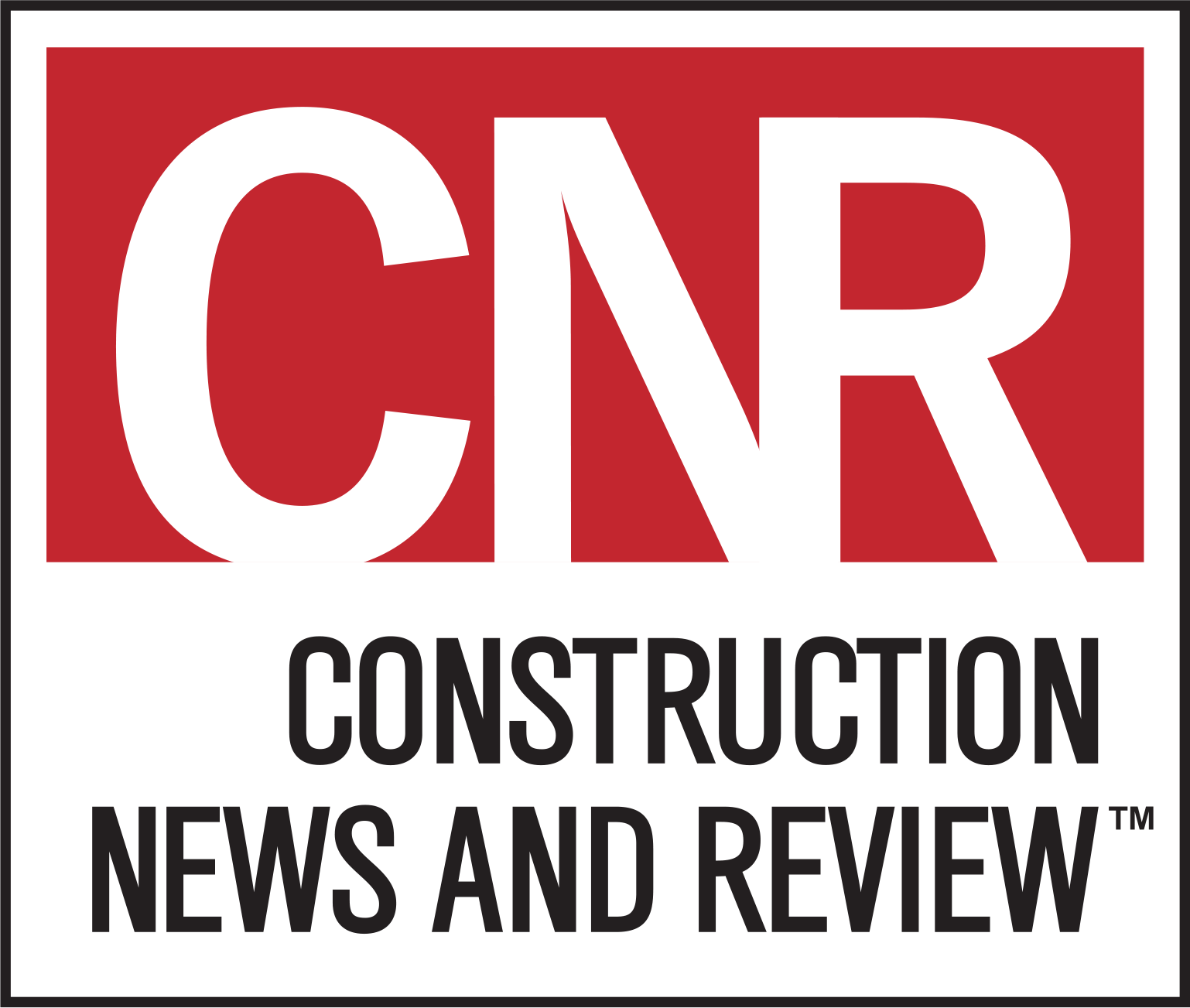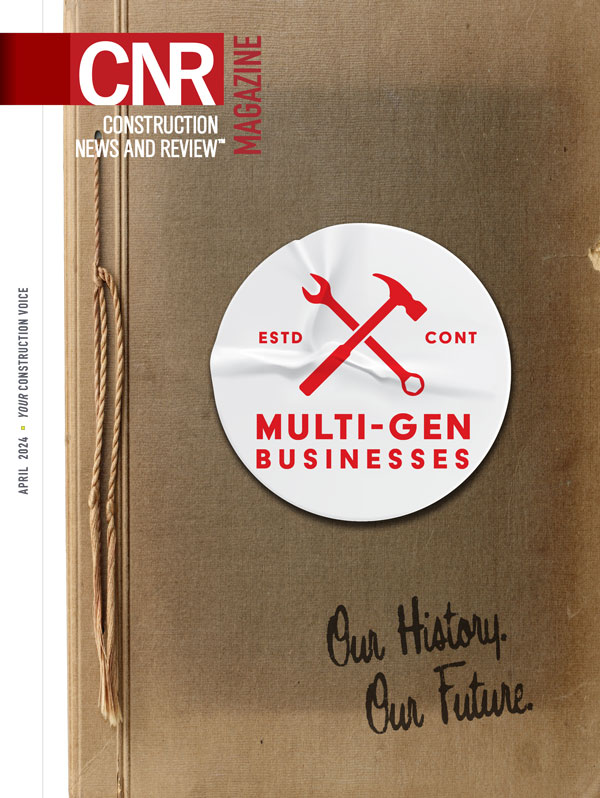Navigating the Electrical Component Supply Crisis
By BARBARA HORWITZ-BENNETT
While the availability of building materials and equipment has improved significantly from pandemic-induced manufacturing and supply chain difficulties, unfortunately this has not been the case for all components.
Electrical products like transformers, distribution equipment and generators are still difficult to procure, with outrageous lead times never seen before.
“Switchgear used to arrive in 10 to 12 weeks. Now we’re looking at 50 to 70 weeks. That’s hard to comprehend and hard to plan for,” reports Rick Branstetter, project facilitator, Guarantee Electrical Company, St. Louis.
“The longest lead time I have seen was 36 months to procure a large pad-mounted transformer for a major manufacturing facility,” says Ryan Freeman, president, PayneCrest Electric, St. Louis.
The problem began when COVID forced manufacturers to shut down their factories. At the same time, construction continued while backlogs and lead times grew. Meanwhile, data centers were ordering massive numbers of generators and distribution equipment, and more organizations and cities have started to electrify.
The shortage of semiconductors – required components for many electrical systems – has amplified the problem even further. Throw in the worker shortage, inflation and logistical challenges, and it’s essentially a perfect storm.
“It’s a very tough situation we’re in and it’s taking an emotional and physical toll. Contractors take a lot of pride in their work. We want to deliver, but we’re limited,” Branstetter relates.
Contractors Offer Advice
While electrical contractors cannot shorten lead times, there are some strategies to help mitigate the impact on projects.
Freeman shares the following recommendations:
- Move up electrical design in the traditional design process to allow equipment to be ordered earlier.
- Engage the electrical contractor earlier in the project to allow for early procurement
- Evaluate alternate manufacturers to determine if a shorter lead time is available from another brand.
- Consider an electrical system redesign to reduce the electrical equipment size and improve the lead time. For example, could a single large generator be replaced by multiple smaller generators to improve the schedule?
“We have also developed collaborative relationships with a network of manufacturers that offer quick ship programs and/or custom-built solutions,” adds Branstetter.
When asked about ordering extra electrical systems for future projects, Freeman and Branstetter explain that most major electrical equipment is custom built. As far as “spare” components go, because this equipment is extremely expensive, “it’s not financially practical to sit on an inventory of this type,” notes Freeman.
Recognizing the problem, the U.S. is focused on reshoring manufacturing capabilities to decrease dependence on foreign markets. However, getting these plants up and running will take years.
Seeking additional support, the Associated General Contractors of America, National Association of Home Builders, National Rural Electric Cooperative Association, American Public Power Association, Leading Builders of America and Edison Electric Institute wrote a joint letter last year urging Congress to appropriate money under the Defense Product Act to address the electrical component supply chain crisis.
It’s also Branstetter’s hope that the industry will continue to innovate and find more ways to capitalize on process improvement and efficiency techniques including prefabrication, virtual design and construction, waste reduction and data management.
Fresh Content
Direct to Your Inbox

YOUR CONSTRUCTION VOICE IN ST. LOUIS AND BEYOND
Join CNR Magazine today as a Content Partner
As a CNR Content Partner, CNR Magazine promises to support you as you build, design and engineer projects not only in and around St. Louis, but also across the U.S. CNR is equipped and ready to deliver a dynamic digital experience paired with the top-notch, robust print coverage for which you’ve always known and respected the magazine.





